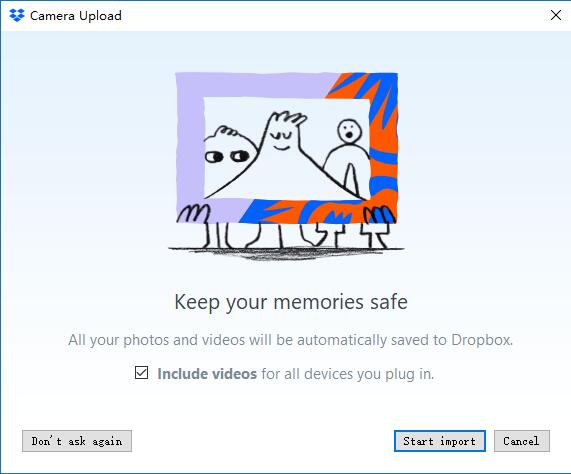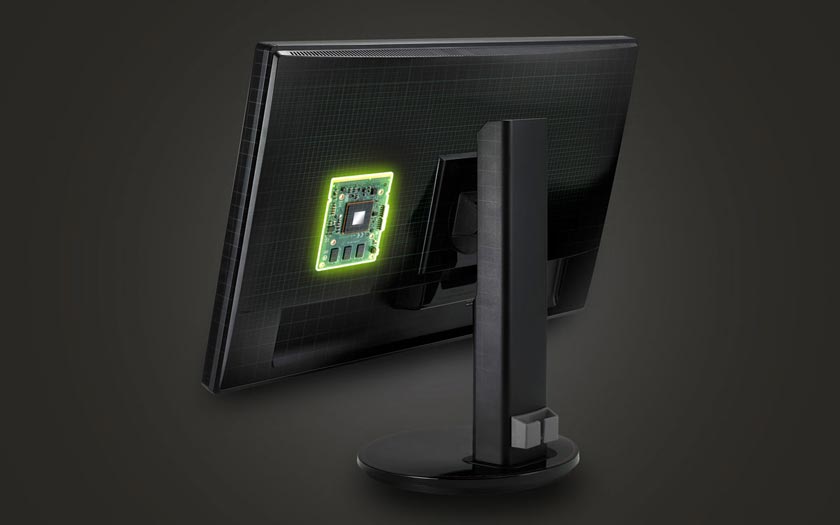Shadow of the Tomb Raider for Xbox One X Review: feels very familiar
The final chapter of a trilogy that began five years ago, Shadow of the Tomb Raider seems to have fallen back on past success rather than innovating.
For many years, Lara Croft was more than just the heroine of a cult video game, she was also a sex symbol, famous for her mini-shorts, her ample breasts, and her two pistols. However, her latest incarnation no longer fits that description at all. She is no longer the sex symbol created during an era when it was taken for granted that video games were exclusively male-oriented. Ever since Square Enix rebooted her image in 2013 (with its Tomb Raider game), Lara has become a mature young adult – a true explorer.
Square Enix decided to capitalize on the new direction in which it had taken the game franchise by creating a trilogy. After Tomb Raider and Rise of the Tomb Raider, Shadow of the Tomb Raider has now been released. This last chapter is meant to conclude Lara’s epic saga by allowing her to fully assimilate her legacy, her status, and her destiny.
Technological maturity
Shadow of the Tomb Raider is able to take full advantage of the power of modern gaming consoles – allowing Lara to look her absolute best. The technological maturity of the PS4 and the Xbox One has allowed Eidos Montreal, the studio that has taken over for Crystal Dynamics, to develop a highly-detailed and visually stunning game. This high level of detail made it possible, for example, to realistically recreate a Mexican village celebrating the Day of the Dead, the rich scenery of Peru as well as dark and dense forests – not to mention the stunning realism of the game’s underwater environments.
Amazingly detailed graphics
This rich detail can, in large part, be credited to a technology that we never get tired of highlighting: HDR. Eidos Montreal’s exploitation of HRD’s full potential allows Shadow of the Tomb Raider to excel. Far from being just another asset that can be mentioned on the game’s packaging, HDR accentuates the contrast between the game’s decidedly dark overtones and the luxuriance of its landscapes, the brilliance of its in-game treasures/reflections, and its amazing lighting effects. The Xbox One X, because of its increased resolution, provides wonderful detail (it is also possible to select a 60 fps mode geared towards more fluid gameplay).
 What do you look for in a
What do you look for in a 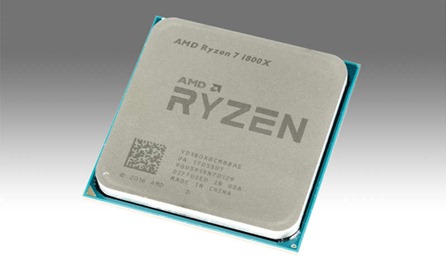
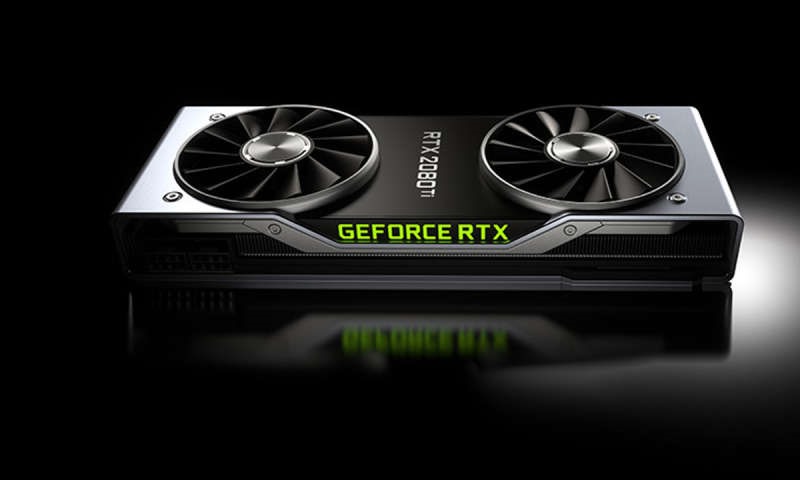
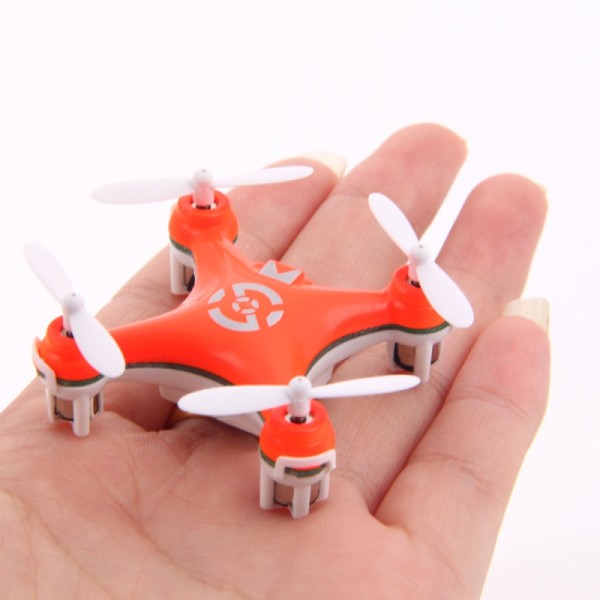 It is possible to fit a camera of a few grams on board a drone that it only ten centimeters across. The video quality will be mediocre, but it will allow you to gain access to a different perspective and to keep a memory of all of your flights!
It is possible to fit a camera of a few grams on board a drone that it only ten centimeters across. The video quality will be mediocre, but it will allow you to gain access to a different perspective and to keep a memory of all of your flights!
